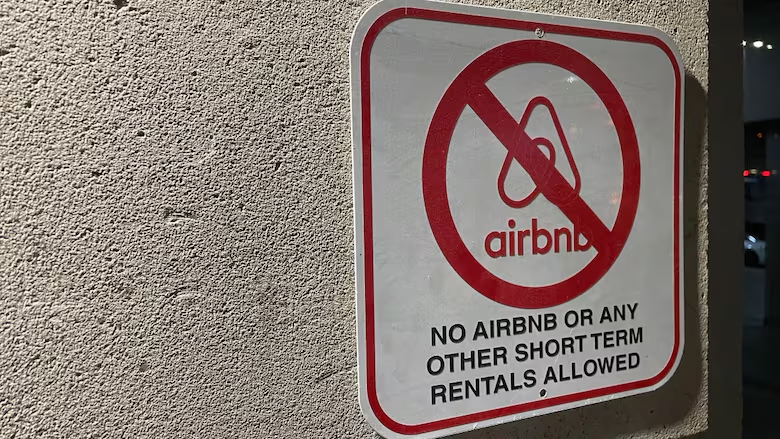Calgary Real Estate Tips for Buyers & Investors (2025)
The Ultimate Investor’s Guide to Calgary Rental Properties: Laws, Zoning, and Insights
Ultimate Investor’s Guide to Calgary Rental Properties: Legislation, Compliance, and Insider Tips Investing in rental properties in Calgary, Alberta, offers unique opportunities for both short-term and long-term rental markets. However, the regulatory landscape can be a maze of municipal bylaws, pro
Airbnb vs. Long-Term Rentals: The Ultimate Guide for Calgary Real Estate Investors
Airbnb vs. Long-Term Rentals: Which Strategy Is Right for You? TL;DR:Short-term rentals (STRs) like Airbnb offer impressive income potential but are harder to finance, operate, and regulate, particularly in Calgary, where new 2025 rules impose stricter compliance standards. Long-term rentals (LTRs

Hasan Sharif
Phone:+1(403) 808-9705



